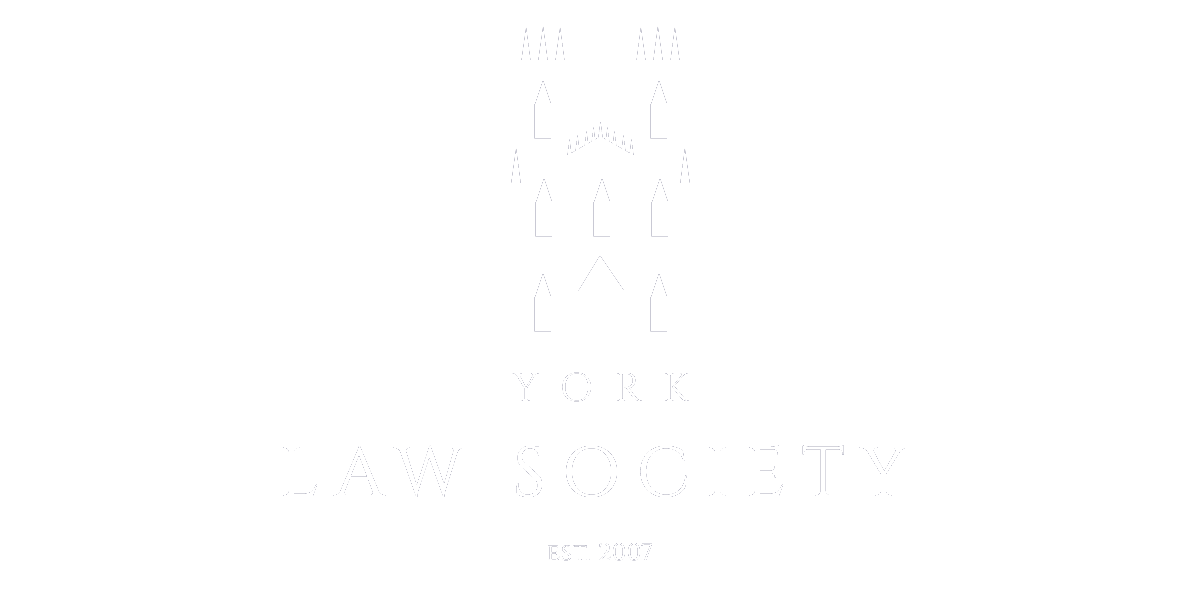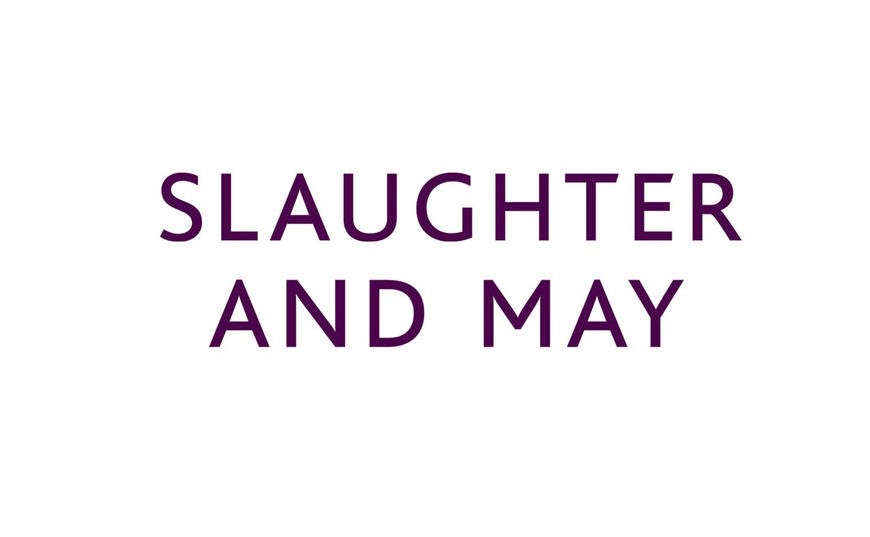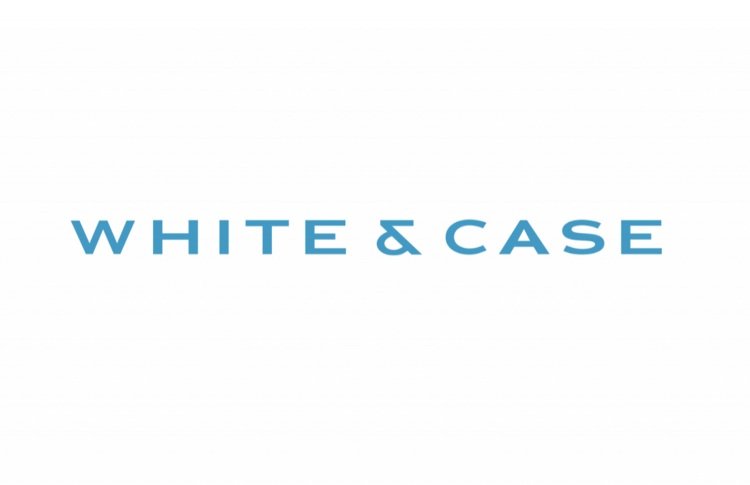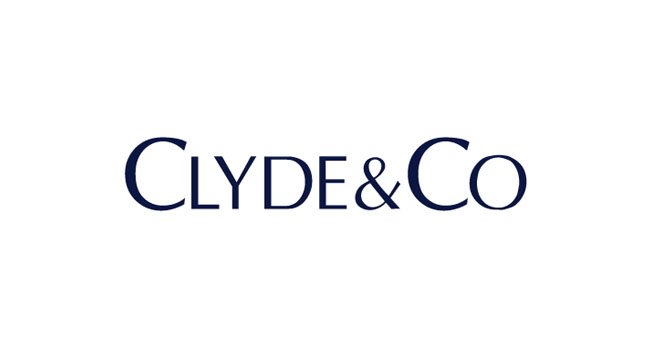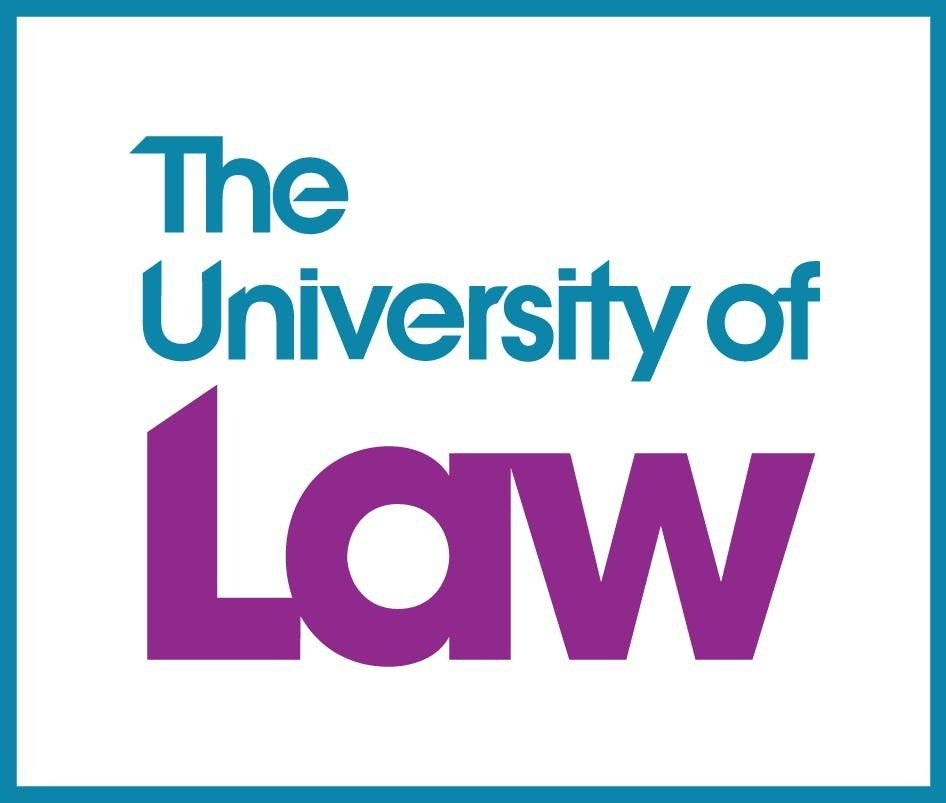The common law position on joint enterprise has undergone many changes; primarily informed and subsequently shaped by other common law jurisdictions such as Hong Kong and Australia. In this article, the terms joint enterprise, joint venture, parasitic accessory liability, and secondary liability will all be used interchangeably.
In Smith, Hogan and Ormerod’s Criminal Law, secondary liability was considered ‘derives from the commission of the principal offence’.2 The Parliament’s Information Pack on Debate Day states ‘Joint Enterprise’ is a common law doctrine which emphasises the belief that if one was seen to be involved during a joint criminal venture, they could be seen as equally as guilty to the person who physically committed the crime.3 In a report in the Justice Committee of the House of Commons between 2010 to 2012,4 it states that extended-secondary liability must be proven ‘beyond reasonable doubt’ by the jury to find the defendant guilty. Although the co-defendant may play a different role in the joint enterprise, it must satisfy the requisite state of mind by proving the co-defendant had intended to deliberately commit a crime.
Recently in February of 2023, the Crown Prosecution Service (CPS) set up a pilot scheme to record data on the demographics of those who are prosecuted under joint enterprise. The data shows that 57% of the prosecuted demographic are ethnic minorities, and black people especially, are 16 times more likely to be prosecuted.5 Following the scheme, broadsheet newspapers like The Times6 and The Guardian7 all showed interest in the resurfaced issue of ‘Joint Enterprise’, generating greater discussions on the topic across the country.
This prompted my original interest in writing this article to explore how the ratio in R v. Jogee8, decided by the UK Supreme Court, was influenced by precedent from other jurisdictions. Therefore, I shall first explore the original principle of unlawful joint criminal enterprise, which is illustrated in a leading authority of the Hong Kong case - Chan Wing-Siu v. R9, in 1985.
Hong Kong Case – Chan Wing-Siu v. R [1985]:
The defendants were charged with wounding the victim with intent to do grievous bodily harm. The defendants were both convicted on the grounds of ‘possible occurrences in the course of their joint venture’10 in the course of their joint venture-pursuant to section 17(a), Cap. 212 of the Offences Against the Person Ordinance:
"Any person who—(a) unlawfully and maliciously, by any means whatsoever, wounds or causes grievous bodily harm to any person . . . with intent in such cases to maim . . . or to do some other grievous bodily harm to any person . . . shall be guilty of felony, and shall be liable to imprisonment for life." 11
The case was brought to the Court of Appeal after the legal question had arisen in the lower court, which is whether mens rea is a requisite element to testify against a defendant in committing the criminal act of joint enterprise.
Lord Justices of the Privy Council in the Court of Appeal of Hong Kong, including Sir Robin Cooke, Lord Keith and Lord Bridge, dismissed the appeal on the grounds that ‘All those that take part in an unlawful joint enterprise would have the necessary intent to be guilty of murder or grievous bodily harm if they had foreseen that the infliction of serious bodily harm would be a possible incident of the joint enterprise’.12 In other words, even if the scope of the incident was beyond what the defendant had initially intended from the joint venture, if the infliction of harm is in any way foreseeable, then it qualifies as sufficient mens rea under the parasitic accessory liability, justifying a possible conviction.
Another element raised within the judgment was the issue of ‘remoteness’,13 which determines that ‘the risk as recognised by the accused was sufficient to make him a party’.14 The judgment of Chan Wing-Siu’s15 case did comment that there is ‘no one formula is exclusively preferable’, especially with such crime causing potential grievous bodily harm as the defendant may be in proximity due to external circumstances such as negligence.16 As such, within the judgment, it was remoteness’ requires an ‘evidential foundation’- leading to the jury exploring the evidential foundation relating to ‘remoteness’ by examining all possible risks the defendant may have encountered, which directly affect whether they are negligible.17
Taken together, the comments from this judgment, lead one to conclude that ‘foreseeability’ and ‘remoteness’ are vital in determining whether one has committed joint enterprise.
Australian Case – John v. the Queen [1980]:
An example from other common law jurisdictions that reinforces that same principle of requirement of mens rea is from an Australian case, John v. the Queen,18 in 1980. Barwick JC mentioned in the judgment that the accused ‘must have been aware of such a possibility or contingency, then he is responsible for the death’,19 supporting the extended joint criminal enterprise (EJCE) listed in Chan Wing-Siu’s case by highlighting the element of ‘foreseeability’.
Timothy Smartt, an Australian academic stated in the Melbourne Law Review that the defendant appealed on the basis that the trial judge ‘erred in directing the jury that the murder need only be a ‘possibility’ or ‘contingency’ of the common purpose for J(John) to be guilty of murder’.20 Similarly, Street CJ stated that joint enterprise is ‘an act contemplated as a possible incident of the originally planned particular venture’.21 Both academics agreed with the lower court’s decision to EJCE in Australia on the significance of ‘foreseeability’ that merely acknowledging the possibility to cause harm to others is enough to be charged with joint enterprise.
This Australian landmark case further moulded the basis of the UK principle of joint enterprise at that time, hugely referenced in Chan Wing-Siu’s case. Three decades later, however, the principle of Parasitic Accessory Liability (PAL) established in Chan Wing-Siu’s case22 was once again called into question by the case R v Jogee in 2016 in the UK Supreme Court.23
UK Case – R v. Jogee [2016]:
In R v. Jogee24, the defendant had been vocally encouraging the act of murder in close proximity during the criminal act, and the lower court found the defendant guilty of murder in 2013.25 The case was then brought to the Court of Appeal of the United Kingdom to discuss the legal issue of whether the doctrine created in the landmark case of Chan Wing-Siu v. The Queen should continue to be upheld, especially regarding element of ‘foreseeability’.
The court reached a unanimous decision that although the consequence may be ‘foreseeable’, it is not enough to successfully prove the defendant is guilty of joint enterprise, hence revoking the theory that had been established in Chan Siu-Wing’s case.
The judgment quoted Westley Smith, the defendant in R v. Smith [1963]26, where ‘His foresight of the consequences will not necessarily be the same as that of the man who strikes the blow… so that each may have a different form of guilty mind, and that may distinguish their respective criminal liability.’27 Additionally, the consideration of conviction should follow the principle of ‘necessary and sufficient’ on ‘ground of liability of accessories’, as Lord Steyn mentioned.28
Lord Hutton added that as ‘weighty and important practical consideration’ were, with serious charges such as murder, it is ‘anomalous that [mere] foreseeability of death or really serious harm was not sufficient mens rea for the principal to be guilty of murder, but was sufficient in a secondary party’, reinforcing the ground to abolish the old principle.29 Lord Hughes and Lord Toulson’s obiter from Jogee30, referenced the Law Commission ’s 2007 Report, Participating in Crime (2007), particularly that ‘Disregarding ‘procuring’… cover two types of conduct… namely the provision of assistance and the provision of encouragement’.31
The court ruled that one is only ‘guilty of the offence… if the common purpose included using severe violence to resist arrest’, citing R v Collison.32 Mr Jogee and the other defendant, ‘H’, behaved ‘aggressively’ as noted, and Mr Jogee spectated whilst ‘H’ stabbed the victim, hence he was found guilty of joint enterprise as of the doctrine.33
At the end of the judgment, the court made further clarification and stressed the importance of the psychological element of intent by the defendant as well as their conduct to fulfil the requirement of PAL and unanimously found that Chan Wing-Siu’s principle is wrong; the judges commented that the former principle ‘was based on an incomplete… reading of previous case law’ therefore rejecting it.34
Current Principle of Joint Enterprise in the UK:
To this day, common law jurisdictions such as Hong Kong still uphold the doctrine according to Chan Wing-Siu’s Case through the review of another joint enterprise case, HKSAR v. Chan Kam Shing.35 On the contrary, the UK re-established the principle, with CPS creating a legal guidance on Secondary liability36 to signpost the changes.
Many have commented that the purpose of changing the UK common law doctrine of joint enterprise is to uphold and embrace the Equality Act 201037 as it is known that ethnic minorities are more commonly convicted in proportion. Conversely, the numerical data collected by CPS shows little impact post-Jogee.38
Some would agree that the racial reasoning behind this change, as concluded from the CPS’ data, may not protect the broader public interest as the liability is more lenient and flexible to the defendant. For instance, the UK has been finding it increasingly difficult to prosecute offences like shoplifting and burglary under joint enterprise since the change as ‘foreseeability’ is ruled out of the doctrine. Another school of thought would be to argue that there are minimal differences among UK citizens as majority of the element of EJCE remains indifferent.
Nonetheless, this perpetual debate has yet to reach a conclusion. However, we should firmly recognize that R v. Jogee39 is a step forward where the law tries to find an equilibrium between punishing the defendant without crossing the realm of the implication of excessive punishment.
References:
[1] R v. Jogee [2016] UKSC 8, [2013] EWCA Crim 1433.
[2] David Ormerod and Karl Laird, Smith, Hogan and Ormerod’s Criminal Law (16th edition, OUP 2021) 432.
[3] UK Supreme Court Debate Day Information Pack (no date) <https://www.supremecourt.uk/docs/joint-enterprise-debate-pack.pdf> accessed 03rd November 2023
[4] House of Commons, Justice Committee, Joint Enterprise, 11th Report of Session 2010-12 <https://publications.parliament.uk/pa/cm201012/cmselect/cmjust/1597/1597.pdf> accessed 03rd November 2023.
[5] Simon Hattenstone, ‘Most People Prosecuted Under Joint Enterprise from Minority Ethnic Background’, The Guardian (London, 30th Sep 2023), UK Law
[6] David Wood, ‘Ethnicity will be recorded after joint enterprise charges to end ‘targeting’ The Times (London, 15 Feb, 2023) Crime & Justice
[7] Simon Hattenstone (n4) – The Guardian
[8] Jogee (n1)
[9] Hong Kong, Chan Wing-Siu v The Queen [1985] 1 AC 168
[10] ibid, Page 1, Para 1
[11] Hong Kong, Offences Against the Person Ordinance Chapter 212, Section 17 (a), "Any person who—(a) unlawfully and maliciously, by any means whatsoever, wounds or causes grievous bodily harm to any person . . . with intent in such cases to maim . . . or to do some other grievous bodily harm to any person . . . shall be guilty of felony, and shall be liable to imprisonment for life."
[12] ibid, Page 2, Para 2
[13] ibid, Page 2, Para 3 from John v. Queen 143 C.L.R. 108
[14] Australia, Johns v. The Queen, 143 C.L.R. 108 (NSWCAA) 15 Chan Wing-Siu (n9)
[16] Johns (n13) 17 Chan Wing-Siu (n9) Page 169, Para [C] - [D].
[18] Johns, n13
[19] Johns (n13) Page 111
[20] Timothy Smart, ‘The Doctrine of Extended Joint Criminal Enterprise: A ‘Wrong Turn’ in Australian Common Law’ (2018) 41(3) MULR, 1324 - 1335
[21] Johns (n13), NSWCCA, (Begg J) 22 Chan Wing-Siu (n9) 23 Jogee (n1), para 2
[24] Jogee, n1 25 United Kingdom, R v. Jogee [2013], EWCA Crim 1433
[25] United Kingdom, R v. Jogee [2013], EWCA Crim 1433
[26] R v. Smith (Westley) [1963] 1 WLR 1200
[27] ibid 28 Jogee (n21) Privy Council CoA, Page 20, para 56 29 (n1) Privy Council CoA, Page 20, para 55
[30] Ibid.
[31] Law Commission, Participating in Crime, (Law Com No 305, 2007) para 2.21.
[32] R v. Collison [1831] 4 Car, p566, ‘To make the prisoner a principal, the Jury must be satisfied that, when he and his companion went out with a common illegal purpose of committing the felony of stealing apples, they also entertained the common guilty purpose of resisting to death, or with extreme violence, any persons who might endeavour to apprehend them’
[33] Jogee, (n1).
[34] Jogee (n1).
[35] HKSAR v. Chan Kam Shing, FACC 5/2016
[36] CPS, Secondary Liability: charging decisions on principals and accessories <https://www.cps.gov.uk/legal-guidance/secondary-liability-charging-decisions-principals-and-accessories> assessed 5th November, 2023
[37] Equality Act 2010
[38] Jogee, (n1).
[39] Jogee, (n1).
Bibliography:
Primary Sources:
Statues:
Equality Act 2010
Offences Against the Person Ordinance Chapter 212 (1816: derived from UK’s Offences Against the Person Act), s17(a)
Table of Cases:
Chan Wing-Siu v The Queen [1985] 1 AC 168
HKSAR v. Chan Kam Shing, FACC 5/2016
John v. Queen 143 C.L.R. 108
R v. Collison [1831] 4 Car
R v. Jogee [2016] UKSC 8, [2013], EWCA Crim 1433
R v. Smith (Westley) [1963] 1 WLR 1200
Secondary Sources:
Books:
Ormerod D and Laird K, Smith, Hogan and Ormerod’s Criminal Law (16th edition, OUP 2021)
Journal Articles:
Smartt T, ‘The Doctrine of Extended Joint Criminal Enterprise: A ‘Wrong Turn’ in Australian Common Law’ (2018) 41(3) MULR.
Law Commission Reports:
Law Commission, Participating in Crime, (Law Com No 305, 2007) para 2.21.
Online Articles:
CPS, ‘Secondary Liability: charging decisions on principals and accessories’ <https://www.cps.gov.uk/legal-guidance/secondary-liability-charging-decisions-principals-and-accessories> assessed 5th November 2023
Newspaper Articles:
Hattenstone S, ‘Most people prosecuted under joint enterprise from minority ethnic background’, The Guardian (London, 30th Sep 2023), UK Law
Wood D, ‘Ethnicity will be recorded after joint enterprise charges to end ‘targeting’ The Times (London, 15 Feb, 2023) Crime & Justice
Websites:
House of Commons, Justice Committee, Joint Enterprise, 11th Report of Session 2010-12 <https://publications.parliament.uk/pa/cm201012/cmselect/cmjust/1597/1597.pdf> accessed 03rd November 2023.
UK Supreme Court Debate Day Information Pack (no date) <https://www.supremecourt.uk/docs/joint-enterprise-debate-pack.pdf> accessed 03rd November 2023.
